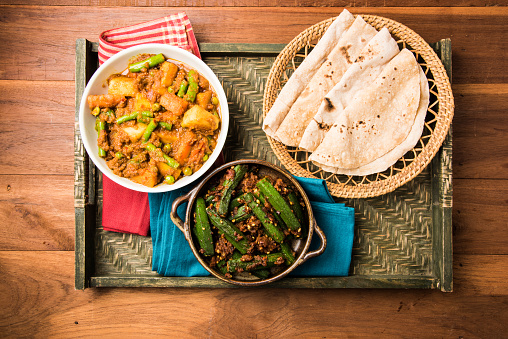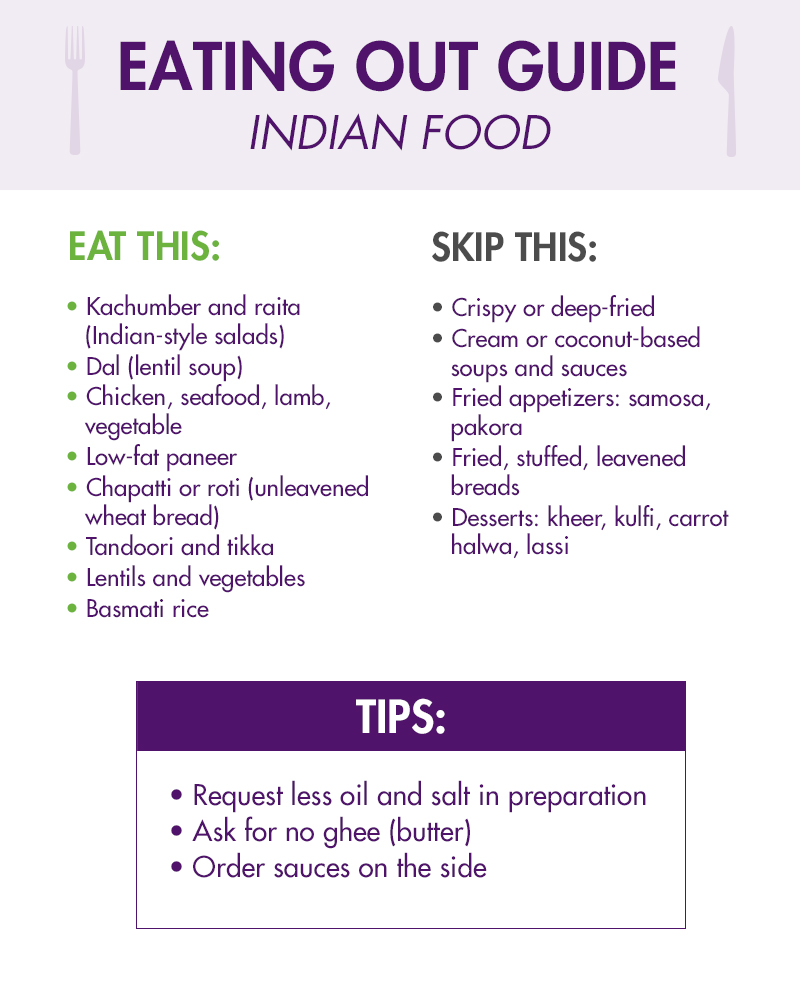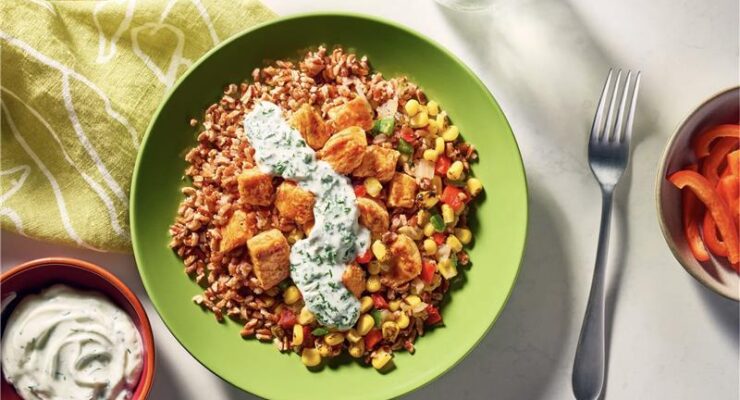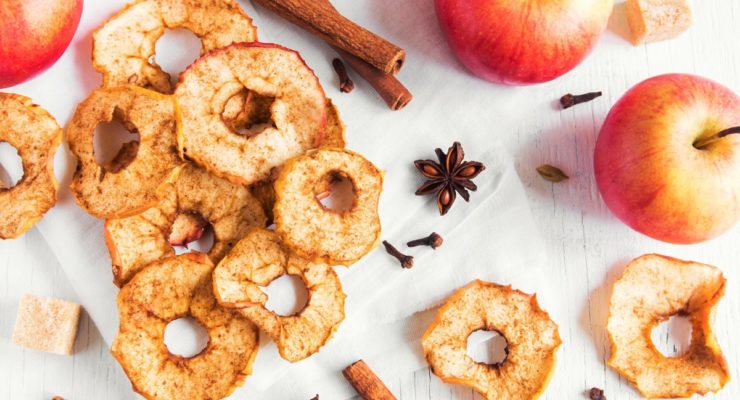How to Eat Healthy at an Indian Restaurant
Article posted in: Diet & Nutrition
Think of Indian food, and complex and delicious notes of coriander, turmeric and ginger come to mind. Unfortunately, many Indian restaurants also use butter and coconut milk in their cooking, which are loaded with saturated fat. And, just like most restaurants, you will also find countless tasty, albeit diet wrecking, fried foods on the menu. Fortunately, we’ve got you covered with some tips to make it easy to eat healthy at an Indian restaurant:
Choose Wisely
When ordering, opt for lean dishes that feature chicken, lamb or seafood. Look for Daal, or lentil soup, which is a smart low-fat, high-protein option. Of course, sticking to vegetarian dishes and Indian-styled salads (Kachumber and raita) is a smart move. When selecting sides, stick with veggies or lentils. If you absolutely can’t pass on the basmati rice, chapatti or roti (unleavened wheat flatbread), dish out a small portion and pass the rest to your dinner companions.
Order Light
Ask for your meal prepared in tandoori style, a method in which food is prepared in a clay or metal oven. Or, ask for tikka style, which includes a marinade made from yogurt and spices. Don’t be shy about asking for sauces on the side or for the chef to go light on the salt and oil. Ask your server if they offer low-fat paneer, a cheese used in Indian cooking. You can also request that your meal is prepared with coconut oil as opposed to butter or ghee.
Don’t be Tempted
When eating at a restaurant, it can be easy to get caught up in the fun of dining out. Steer clear of fried or stuffed breads (naan); crispy or deep fried foods like samosas; desserts such as kheer (rice pudding), kulfi (frozen dairy dessert), carrot halwa (sweet tahini-based confection), lassi (a cream-based yogurt drink) or pakora (fried fritter); and cream or coconut-based soups and sauces.
Ask Questions
If you are not very familiar with Indian cuisine, don’t be afraid to pose questions to your server. Avoid blindly ordering something because you are afraid of sounding silly. You will not be the first customer with questions; in fact, servers at most restaurants are generally used to fielding menu queries.
Check out this handy guide to better understand what you should order and avoid while out to eat:













